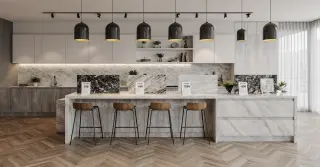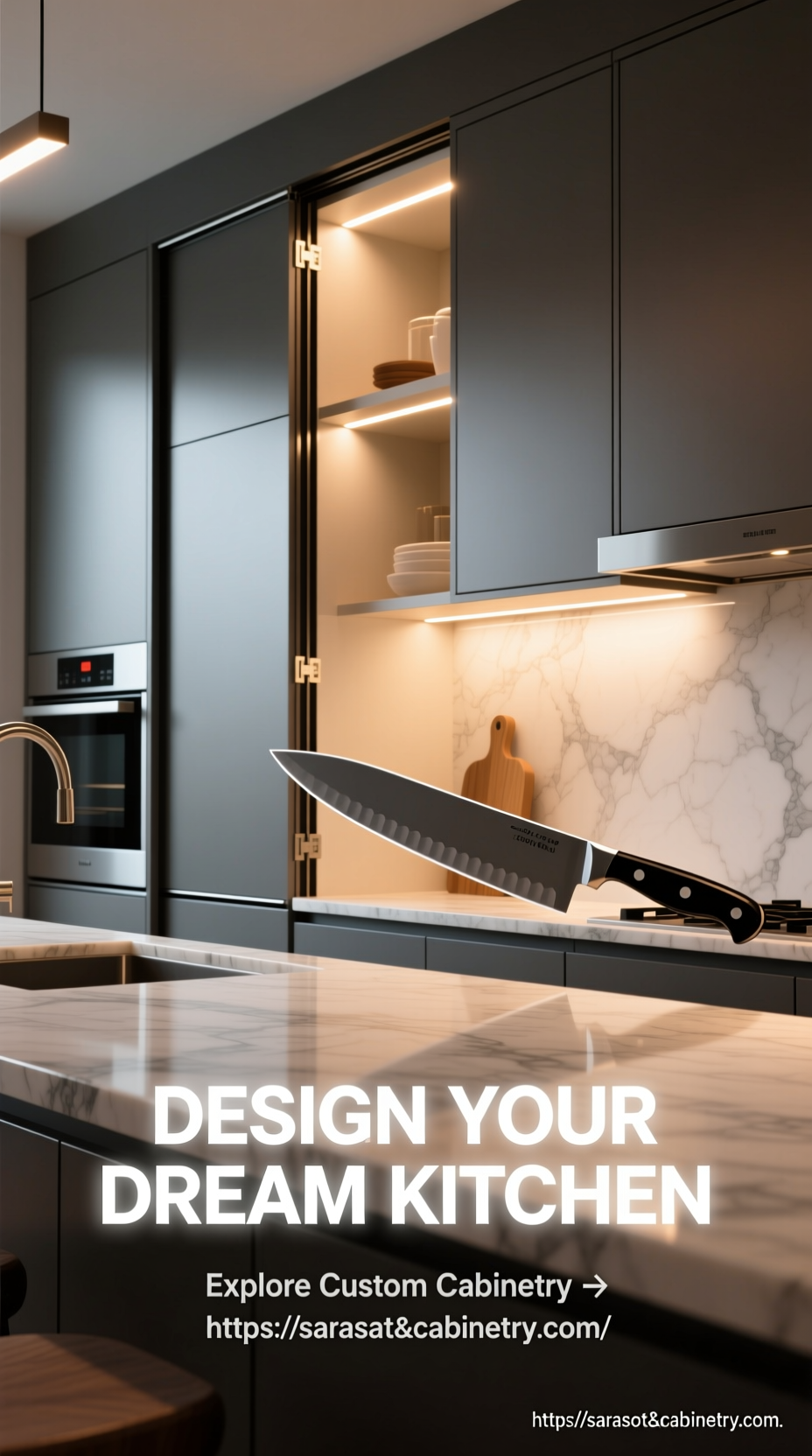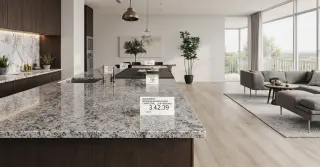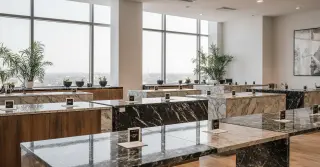Cost of Countertops Sarasota County FL

Cost of Countertops: Understanding What Shapes the Price of Your Dream Surface
Countertop pricing is a complex and decisive aspect of home renovations, yet many homeowners misinterpret what drives these costs, homeowners usually start with a simplified cost expectation per square foot, while in practice, the final price is influenced by a myriad of factors including material choice, construction complexity, installation procedures, and location-based availability. Whether choosing luxurious granite, modern quartz, or cost-effective laminates, comprehending these pricing drivers allows for informed decisions that balance beauty, durability, and budget constraints.
Granite countertops are often the first example that comes to mind when discussing premium surfaces, combining natural elegance with long-lasting durability. Granite’s price varies according to origin, thickness, and unique color patterns, often making exotic imports a premium investment. Customizations like edge finishes, sink cutouts, and integrated backsplashes add to the final price, yet the long-term value and property appeal often justify the expenditure.
Quartz countertops have surged in popularity for blending natural quartz crystals with resin, yielding consistent colors and patterns not found in natural stones. Unlike granite, quartz does not require sealing, which makes it an appealing low-maintenance option. Quartz costs vary according to thickness, color, and brand, where renowned manufacturers demand a premium for their reliable quality and design diversity.
Laminate surfaces remain an economical solution for those seeking attractive countertops without high costs. Laminate is made from layered materials over a substrate, providing ease of installation and varied aesthetic options. Recent innovations have enhanced laminate’s durability and visual appeal, making it practical for spaces with moderate use. Made from durable acrylic or polyester, solid surface countertops such as Corian deliver seamless aesthetics and simple maintenance. Pricing positions them between laminate and quartz, balancing beauty and practicality. Nonporous and easily maintained, solid surfaces are perfect for busy households seeking durability and hygiene.
Custom-poured concrete provides versatile and distinctive surfaces, ideal for homeowners seeking industrial or artisanal aesthetics. Their cost is elevated due to labor-intensive craftsmanship, handmade molds, and essential sealing for longevity. Maintenance is higher than typical stone, but the striking character and individuality of each piece provide unmatched design impact. Marble remains the benchmark of sophistication, offering unmatched elegance and visual impact. The cost varies widely, particularly for rare varieties like Calacatta or Statuario. Its softness and porosity necessitate careful upkeep to preserve beauty, increasing long-term investment.
Sustainable countertop materials like bamboo and recycled glass appeal to those prioritizing ecological impact. Pricing for eco-friendly countertops reflects production intricacy, rarity, and labor intensity. Glass countertops incorporate colorful recycled shards, yielding eye-catching surfaces that are also eco-conscious. Hiring experts for countertop installation adds to overall expense but guarantees flawless finish and longevity. Specialized materials, heavy slabs, and cabinet reinforcements further increase labor charges. Off-the-shelf countertop slabs reduce installation cost but offer less creative freedom than custom-built solutions.
Kitchen size and layout directly influence countertop cost, with larger islands, curves, or multiple cutouts requiring more material and labor. Edge profiling and specialty finishes, such as honed, leathered, or polished textures, further impact pricing. Understanding these nuances enables informed decision-making when comparing quotes or planning future upgrades. Regional availability and supplier pricing influence the final countertop cost, with urban centers typically charging more for labor and transportation. Comparing local suppliers and visiting showrooms may reveal discounted slabs or leftover pieces. Homeowners who remain adaptable in material choice often achieve desired aesthetics at a lower cost than initially anticipated.
Evaluating lifespan and maintenance requirements ensures smarter investments, with premium countertops offering extended durability and property appreciation. Economical surfaces like laminate or tile reduce short-term expenditure but could incur earlier replacement costs. Analyzing durability and expected lifespan clarifies the real value of premium versus budget options. The expense of countertops is more than financial—it reflects personal style, usage frequency, and design priorities. Materials like wood, marble, or engineered stone each embody distinct functional and aesthetic narratives. By exploring all available options, homeowners can confidently select a surface that aligns with both aesthetic vision and financial realities, resulting in enduring, personalized kitchens or bathrooms.




